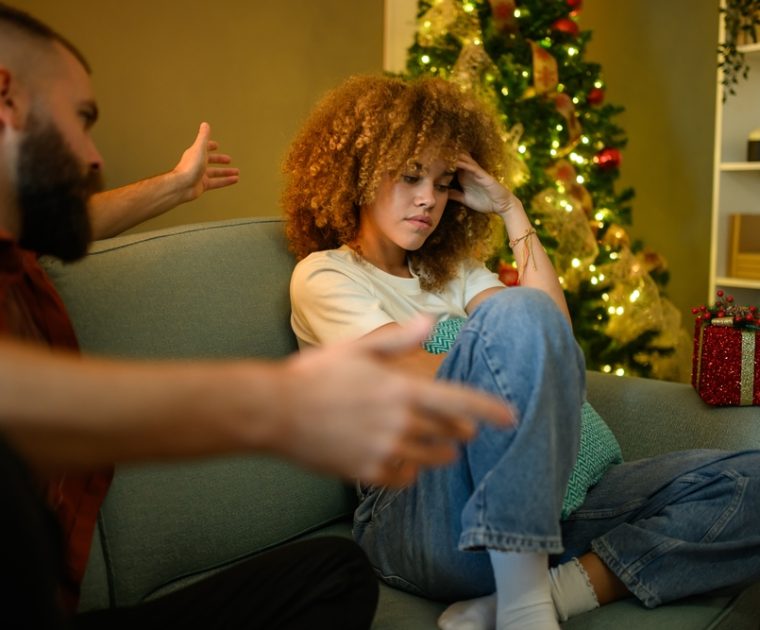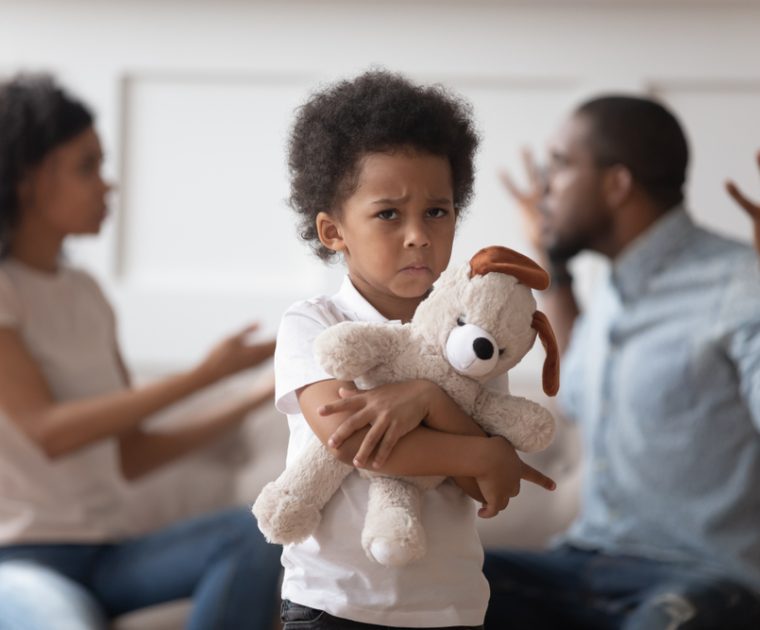Yes, Your Child. Why Every Child is a Suicide Risk

By: Dr. Mark Goulston
Suicide rates keep climbing, especially for teens. According to the Centers for Disease Control and Prevention, the suicide rate for white children between 10 and 17 years old was up 70 percent between 2006 and 2016, and up 77 percent for black children. Nearly every time a child dies by suicide, their bereaved parents say, “I had no idea.” When other (rightfully shaken)parents hear this, they wonder how anyone could overlook an at-risk child. They may even say, “That would never happen to my kid.” But the truth is, yes, it could happen to your child…and you too may miss the warning signs. Everyone always thinks that suicide impacts other people’s kids, but the reality is that it can strike very close to home. Suicide can affect any family at any time, and all parents should be on the lookout for behaviors that could indicate that their child is at risk. Before you jump to judgment, there are a few things parents should know. The warning signs of suicide might be easier to piece together in retrospect when you are looking for them. But in day-to-day living, they can be much harder to detect. That’s why it’s more important than ever to help everyone understand the suffering and isolation impacting the at-risk community.
This is why the message of new documentary Stay Alive, (available onYouTube) which serves at-risk populations, is so important. (#StayAliveNow).In Stay Alive, viewers get an inside look into what it feels like to be on the journey from despair to healing. The documentary, featuring suicide survivor Kevin Hines and suicide prevention advocateRayko, delivers messages of education, compassion, and caring for those who are in deep despair, along with guidance for their families and friends who love them. The raw and intimate personal disclosures, paired with proven approaches to help those who are suffering, make this program uniquely valuable and unlike any other you have ever seen.
To really move the needle toward saving lives, we need to remove the societal stigma surrounding suicide. This begins with helping the people who care about at-risk individuals gain understanding and offer support. The next step is helping society recognize the true struggles of those at risk. Misunderstanding and judgment only further isolate a person who is suicidal. Instead, it’s time for more compassion. When everyone understands how much suffering is really going on, we have a real chance to reach out and save lives.
Meanwhile, parents need to be on the lookout for anything out of the ordinary in their children’s behavior. It’s crucial for them to learn to recognize the early warning signs of despair that could lead to suicide and breakthrough at a time when their children need them the most. Keep reading insights on suicide and suicide prevention:
First, accept that anyone can become suicidal. Prevention starts with understanding that suicidal thinking can strike anyone (yes, even your high-performing, seemingly confident, and happy child) at any time.
Know that your kids probably won’t open up to you. They aren’t going to come to you in despair like you might imagine. They may feel that you won’t understand, or that there’s nothing you can do to make them feel better. They also might think that what they’re going through is a “failure,” and worry that you’ll be disappointed in them. As adolescents making their first foray in independence, they may even feel ashamed that they can’t handle this on their own.
Look for changes, even subtle ones. Be aware of any changes in your child’s demeanor. Keep in mind, though, that these changes can be more difficult to spot among naturally moody teens who tend to isolate themselves even in the best of circumstances. Teens are moody—that’s to be expected—but don’t write it off as just moodiness. When it crosses over into physiological disturbances of sleep, appetite, sexual desire, or just an unshakable dark feeling, and stays stuck there, it has then crossed over into a mood disorder and can be incredibly destructive.
Know that little things can cause bigger problems. Look for little things that could cause a disruption in your child’s life. Something seemingly insignificant could, in fact, make a larger impact than you realize. So be aware of possible catalysts, whether it’s the stress of starting a new school year, changes in their medicine, and so on. It’s also important to be aware of what’s going on with their friendships, their peer group, and their social media accounts.
Initiate the conversation. Most importantly, parents must ask their teens how they are feeling. It’s not enough to rely on indicators that you may or may not spot. You have to make the time to do this frequently. Things can change quickly in the life of a teen, so reach out often.
Really talk to them and listen. If you suspect your child may be struggling, or even if you don’t, here are five questions that might get the conversation flowing:
“At the worst that you can feel, how bad does that get?”
“When you’ve felt how bad it could get, how often did you feel alone?”
“And when you were feeling that horrible and alone with it, what did it make you think, feel, and want to do?”
“And what did you do?”
“If that is the case, I don’t want you to be alone with those thoughts and feelings. So I’m asking you to call me when you are feeling that way and I will do my best to listen to you, hear you, and keep you company. I promise I’m not going to give you advice or solutions unless you ask me for them. So would you be willing to call me when you’re feeling like that? And by the way, if you think you’re a burden,you’re not. You’re not a burden because inside you I can see and feel the good person that you are and also that you matter, neither of which you can see or feel when you’re feeling so awful.” (Remember that if they are in crisis, it’s not the right time to start giving advice; let them know you are here to listen unless they want your advice.)
Let them know they are loved and that they are not alone. Pain is pain; suffering is feeling alone in pain. When you eliminate the aloneness, suffering that people can’t live with becomes pain that they can live with.
Even if your child doesn’t show it, they need you to see them, hear them, and support them. Don’t wait around for them to ask for help. Reach out now—even if your child appears to be healthy, happy, and thriving—and show them that you are here no matter what. Your attention and willingness to stay present could truly be lifesaving.
Dr. Mark Goulston is the co-creator and moderator of the suicide prevention documentary Stay Alive. He is a former UCLA professor of psychiatry, FBI hostage negotiation trainer, suicide and violence prevention expert, and one of the world’s foremost experts on listening.





This topic is dear to my heart knowing I have a sixteen year old son and every time we turn on the television to watch the news there’s a high suicide rate throughout our country. I fear for his life, not of him committing suicide but of his peers. You have shows like “13 Reasons Why”, on Netflix that Experts worry about people being exposed to depictions of suicide or suicidal behavior, because for some vulnerable teens, especially thise that exposure can lead to increased suicidal behavior or suicide attempts, an effect. Parents need to continuously talk to their teens and have open relationships with them about things they enjoy, hobbies, their friends or online friends. There’s a thin line between parenting and being your child’s friend. I believe you can do both depending on the circumstances.